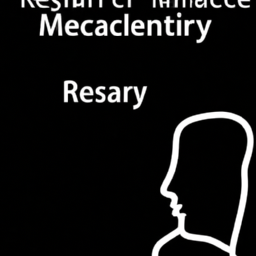Pay Equity Going ‘Mainstream’: Could This Help Close the Racial Pay Gap?
The perceived value of a person’s worth is often based on their occupation, rather than their ability or their experience in their field. In today’s job market, too often it is the case that an individual’s pay rate is lower than their peers because of a difference in race or gender. This is known as the racial pay gap, and it is a huge issue that needs to be addressed. Could pay equity going ‘mainstream’ be the answer?
Pay equity, or pay equality, is defined as the principle that everyone should be paid the same for doing the same job regardless of age, gender, ethnicity, race or any other characteristics. The prospect of pay equity becoming mainstream and widely accepted is gaining steam in the HR industry, thanks to a push for pay transparency. Pay transparency is becoming more of the norm in many companies, allowing senior leaders to get a better understanding of how pay is allocated in the organization. By doing this, they can gain insights into any differences in pay between employees of different ages, genders and ethnic backgrounds. Companies that are transparent with their pay policy are also more likely to be able to identify and correct any potential pay gaps.
Although pay transparency may be the first step in the process, it is not enough on its own to address the root cause of the racial pay gap. A comprehensive pay equity program that looks at the entire pay structure, job grading, and total compensation is necessary in order to truly make a difference in pay equity.
There are a number of different factors that can contribute to the racial pay gap, from conscious and unconscious bias in the workplace to a lack of opportunity for people of color. In order to truly close the racial pay gap, companies need to ensure that their pay policies and processes are fair and equitable across the board. This may include looking at the pay structure to ensure that there are no discrepancies in pay, having more diverse and transparent selection processes, investing in training and development, and providing equal opportunities for employees of all backgrounds.
It is important to note that implementing a pay equity program is not necessarily a matter of reversing existing pay gaps. Rather, it is about recognizing and addressing systemic barriers that block people of color from advancing in their careers. By ensuring that pay policies are equitable and that opportunities are available for all employees regardless of race or gender, companies can create a better working environment that values everyone on an equal basis.
The push for pay transparency and the rising interest in pay equity indicate that a shift is underway in the way that companies approach pay equity. With the right policies and processes in place, businesses can have a significant impact on helping to close the racial pay gap. If pay transparency and pay equity can become mainstream, this will create a more equal and fair playing field for all employees, leading to a more equitable society.



